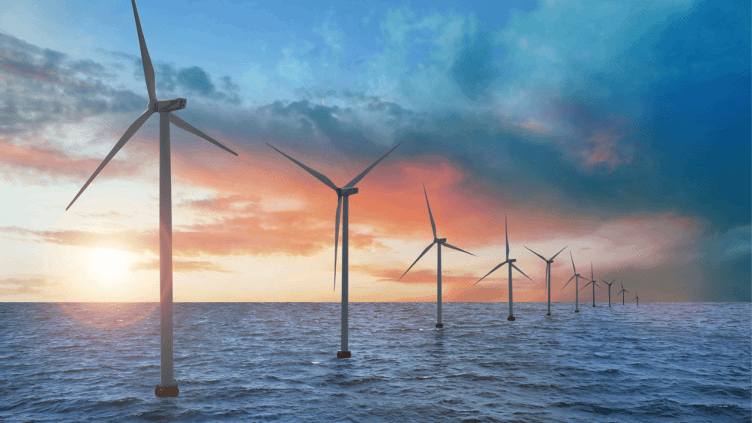The UK and Norway - a strong partnership for Offshore Wind

The UK and Norway have worked in partnership for many decades to create a strong North Sea sector, and collaboration between the two nations will go a long way in taking the offshore wind industry to new heights.
The UK is one of the two biggest markets in the world by installed capacity, with offshore wind powering more than 7.5 million homes. By 2030, the UK Government has set out to deliver up to 50GW – that will be more than enough to power every home in the UK.
It boasts the world’s largest pipeline of floating wind with ScotWind and the Celtic Sea, and it has built the largest blades in the world, with the most powerful turbines.
It doesn’t stop there; the UK offshore wind industry currently supports over 30,00 jobs with a forecast for 90,000 jobs by 2030.
The UK’s offshore wind achievements must be applauded.
But if we were to combine the UK’s capabilities within offshore wind with Norway’s offshore construction expertise think of the industrial opportunities that could be achieved.
North Sea neighbours
The UK and Norway have a long history of sharing resources across each continental shelf. Norway is the largest supplier of natural gas and connecting further through power interconnectors.
Both countries are highly ambitious in terms of climate goals and conscious of a just transition to build new jobs and opportunities as we transition from fossil fuels.
The UK has already cut carbon emissions faster than any other G7 country, with renewable sources like wind and solar now making up more than 40 percent of the energy supply – a four-fold increase on a decade ago.
Whilst Norway’s grid is essentially fossil free, the demand for electrification for transport, industry and oil and gas is driving a significant push for offshore wind – with the largest prospects within floating.
Norway has set a target of 30 GW of offshore wind power in production in 2040, this implies more than 100 installations (foundations, turbines and the balance of plant) per year – the opportunities and challenges associated with this are immense.
Floating offshore wind is a game changer for the industry. Without the necessity of shallow waters, it means almost any windy stretch of sea is open for development.
With a forecast of 300 GW for floating over the next 30 years, this is a huge opportunity for Norway and the UK – if we play it right and if we collaborate.
Closer collaboration
Business is built on collaboration. What starts as a simple transaction can turn into long-term opportunities.
Organisations like Norwegian Energy Partners (NORWEP), Innovation Norway and RenewableUK are all about sparking business opportunities and driving collaboration.
At Aker Solutions, we are no stranger to how partnerships can deliver many positive gains.
As a major investor in the UK with our offshore wind transmission team in Reading, we have built on our Norwegian experience from the Hywind Tampen project, fabricating concrete hulls for the floating windfarm and we are now building on a collaboration with UK-based Balfour Beatty plc Beatty for gravity based concrete foundations for the UK market.
This partnership could open further opportunities for yard collaboration and UK-based construction.
Need for speed
The UK’s floating pipeline is backed by a target of 5GW of floating wind in operation by 2030 and a dedicated Contract for Difference funding scheme for floating. The UK Government has established £160m Offshore Wind Manufacturing Investment Support Scheme to provide grant funding for port and manufacturing developments that will help scale-up deployment of floating offshore wind.
Norway is kicking off its first floating offshore wind round in Utsira Nord with we hope three times 500 MW opportunities to really drive economies of scale and lower costs. Norway is also developing an export strategy to target especially floating.
Are we doing enough?
Both the UK and Norway are making progress and things are moving in the right direction, but it is enough? Possibly not.
We need to build a domestic and export driven supply chain. This is no longer a nice to have, but essential for energy security.
Whilst costs are dramatically down, profitability, cost inflation and capital costs are increasing. The need for stable, predictable support systems are essential.
There is a first mover advantage for the UK and Norway. We need to double down on the investment in floating offshore wind.
Consenting needs to seriously accelerate to cut development cycles, costs and outcompete other countries vying for inward investments. Faster permitting is a clear differentiator.
Finally, increase our political, policymaking and business connections. For the UK and Norway, the floating market is ours to win.
